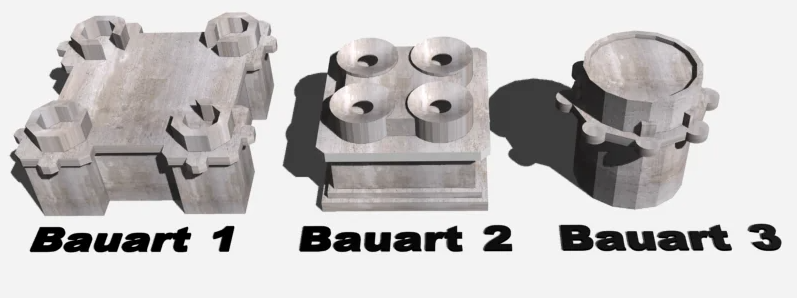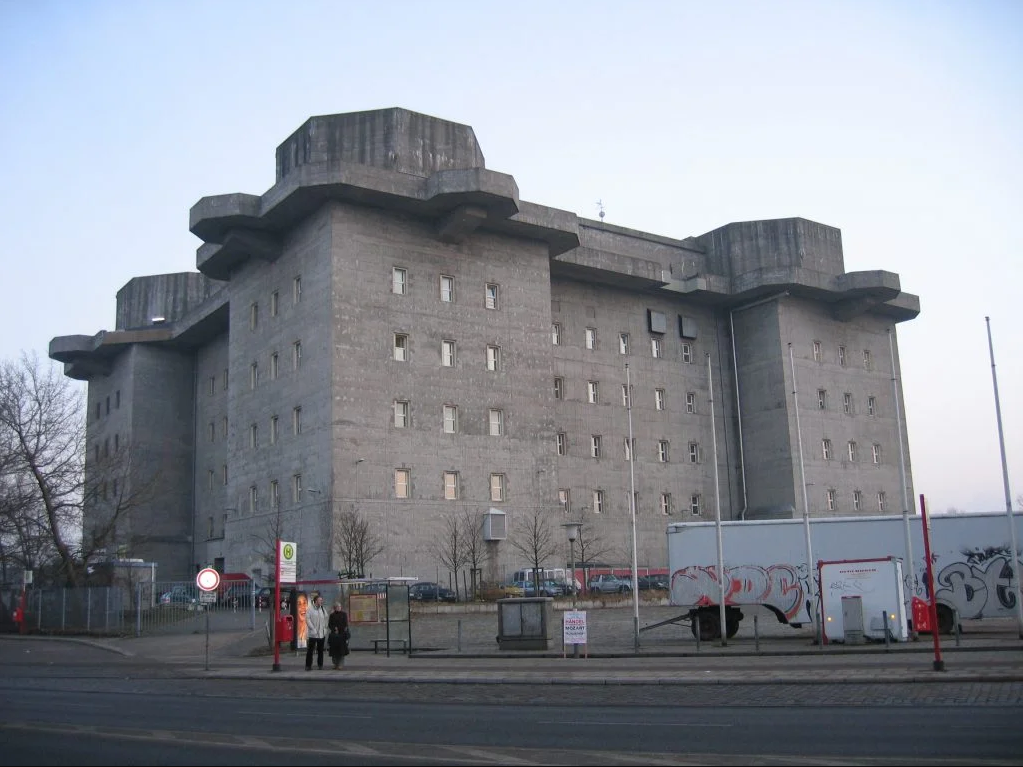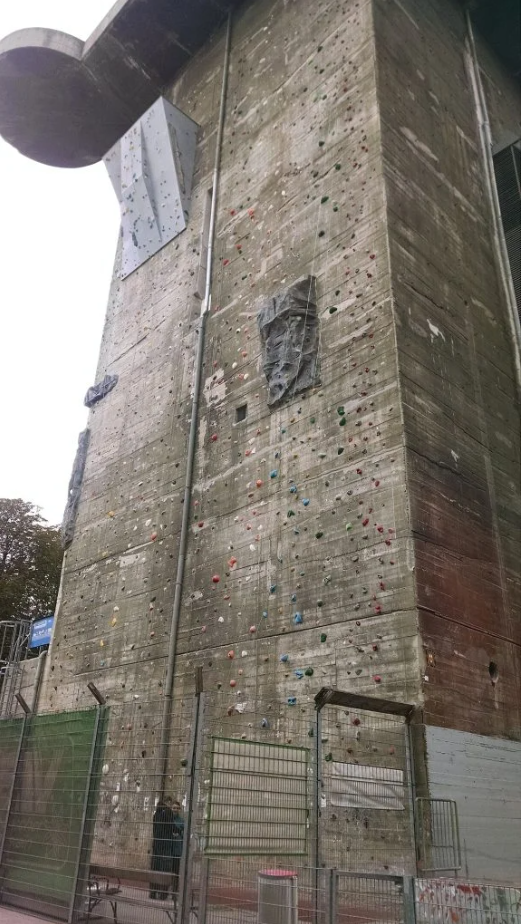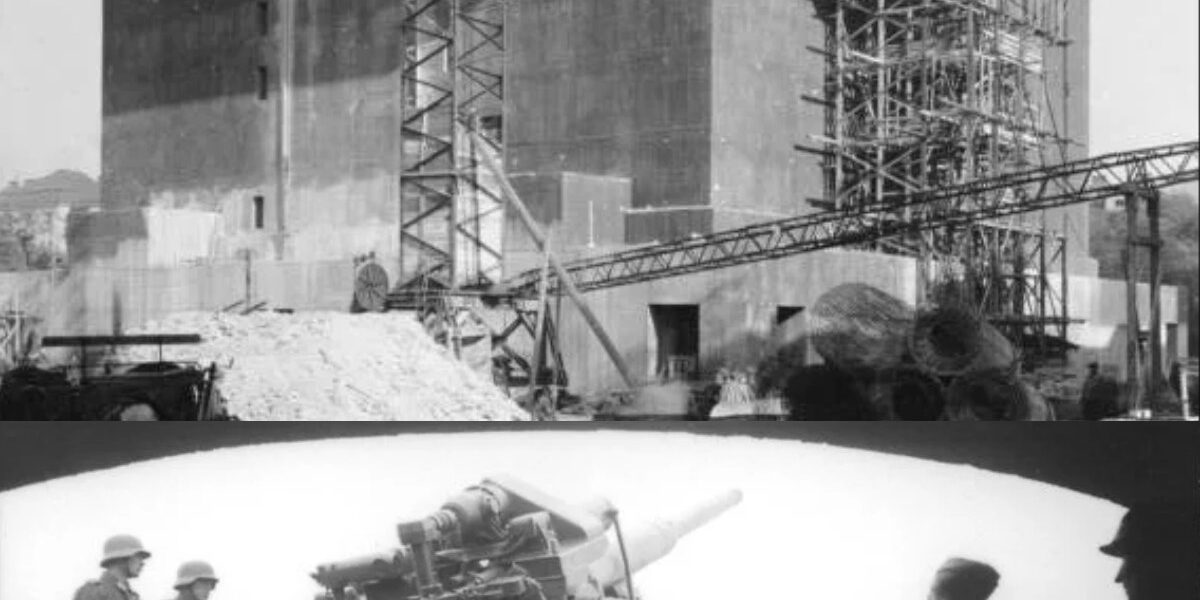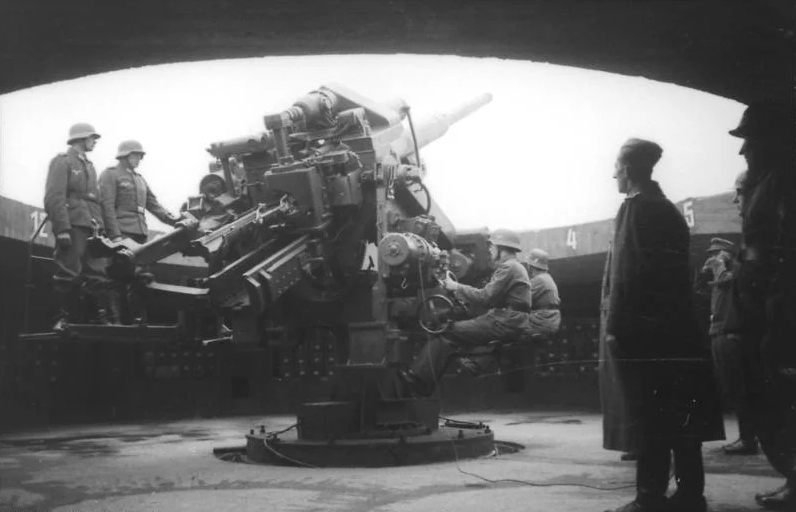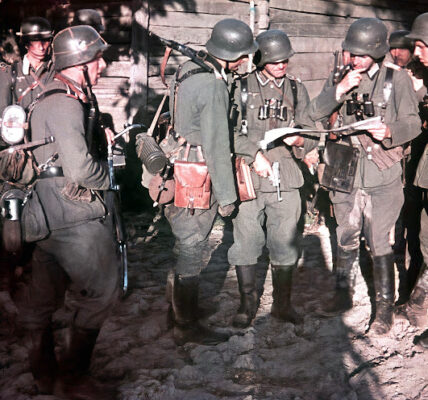German flak towers had 3.5 meter thick walls
During World War II, Nazi Germany built a series of impressive anti-aircraft structures known as flak towers. These massive concrete buildings were designed to protect key cities from Allied bombing raids.
Each tower served as a robust anti-aircraft artillery platform, command center, and air-raid shelter for civilians. Their strategic importance and architectural power made them a crucial element of the German defense effort.
The strategic role of flak towers
Flak towers played a central role in Nazi Germany’s air defense strategy during World War II. Their strategic deployment aimed to create a formidable protective shield over important urban and industrial centers.
By concentrating anti-aircraft artillery in these massive structures, the German military attempted to counter the overwhelming air superiority of the Allied forces and protect critical infrastructure from devastating bombing raids.
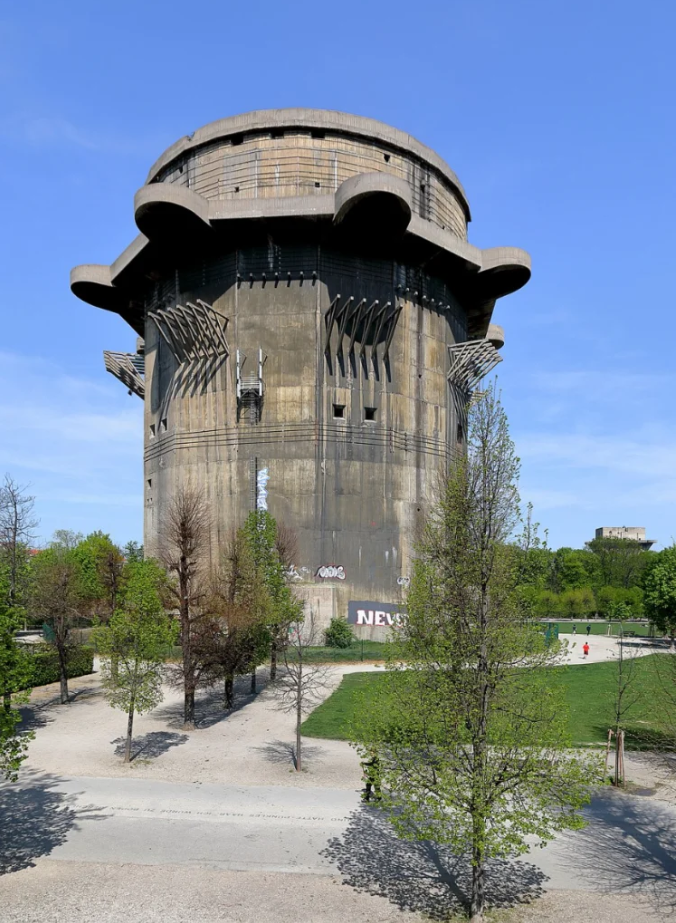
The placement of flak towers in cities like Berlin, Hamburg, and Vienna was no coincidence. These cities housed important military, industrial, and government facilities that were crucial to the German war effort.
The G-Towers comprised several levels, each serving a specific purpose. The ground floor and mezzanine floors housed ammunition depots, crew quarters, and operations rooms, while the roof platform housed the anti-aircraft batteries.
These batteries typically consisted of eight 128 mm Flak 40 guns capable of firing 10 to 12 rounds per minute. This configuration allowed the G-turrets to deliver a continuous barrage of anti-aircraft fire, providing formidable defense against high-altitude bombers.
L-Towers
Complementing the G-towers, the L-towers, or control towers, served as fire control centers. Although somewhat smaller and approximately 35 meters tall, the L-towers were equally robust, with similarly thick concrete walls and reinforced structures. Their primary function was to precisely direct the fire of the G-towers.
To achieve this, the L-turrets were equipped with modern radars, optical rangefinders, and electromechanical fire control computers. The Würzburg radar system, for example, could detect and track enemy aircraft up to a distance of 40 kilometers and provided the G-turret gunners with important targeting data.
Construction of the flak towers began under enormous pressure, with rapid completion being the top priority. Forced laborers, primarily from the occupied territories, played a significant role in the construction process, working alongside German engineers and military personnel.
The use of forced laborers from concentration camps and prisoner of war camps highlighted the brutal reality of war and the regime’s ruthless exploitation of human resources.
Concrete, the main material for the towers, had to be produced and transported in large quantities. Construction sites operated around the clock, with workers pouring the concrete into massive wooden forms to form thick walls and floors.
The urgency of the war effort required innovative techniques to accelerate construction, such as the use of prefabricated elements and the use of special machinery to lift and position heavy components.

Internal design
The interior design of each tower demonstrates meticulous attention to operational efficiency and defense. The lower floors housed storage rooms for large quantities of ammunition and supplies to ensure continuous operation during prolonged air raids.
Mezzanine-level crew quarters provided accommodation for the soldiers manning the towers, complete with sleeping quarters, mess halls, and medical facilities. These provisions enabled the constant presence of military personnel, ready to respond to any threat at any time.
The top floors of the G-Towers housed open platforms on which the anti-aircraft guns were mounted. These platforms offered a wide field of fire, allowing the guns to attack aircraft from any direction.
The arrangement of the guns in a radial pattern maximized range and firing efficiency. Protective parapets and armored shelters for the gun crews ensured their safety during intense bombardment and enabled them to maintain their defensive operations even under direct attack.
The L-turrets, with their radar and fire-control equipment, had observation decks and enclosed operations rooms. These rooms housed radar operators and fire-control officers, who worked together to track enemy aircraft and coordinate fire from the G-turrets.
The towers were connected by communication lines, enabling real-time data exchange and strategic coordination.
Were flak towers effective?
Each flak tower complex formed a central hub in an integrated air defense network. The G-Towers, with their heavy anti-aircraft artillery, generated dense flak fire that covered large swathes of the airspace. This barrage consisted of explosive shells designed to detonate at predetermined altitudes and scatter shrapnel, posing a deadly threat to aircraft.
The intensity of the fire forced enemy bombers to climb to higher altitudes, reducing their accuracy and limiting the damage they could inflict on German cities and industrial targets.
Despite the formidable defenses provided by the flak towers, the Allies adapted their tactics to mitigate their effects. Bomber squadrons began flying at higher altitudes and taking alternate routes to avoid the flak fire.
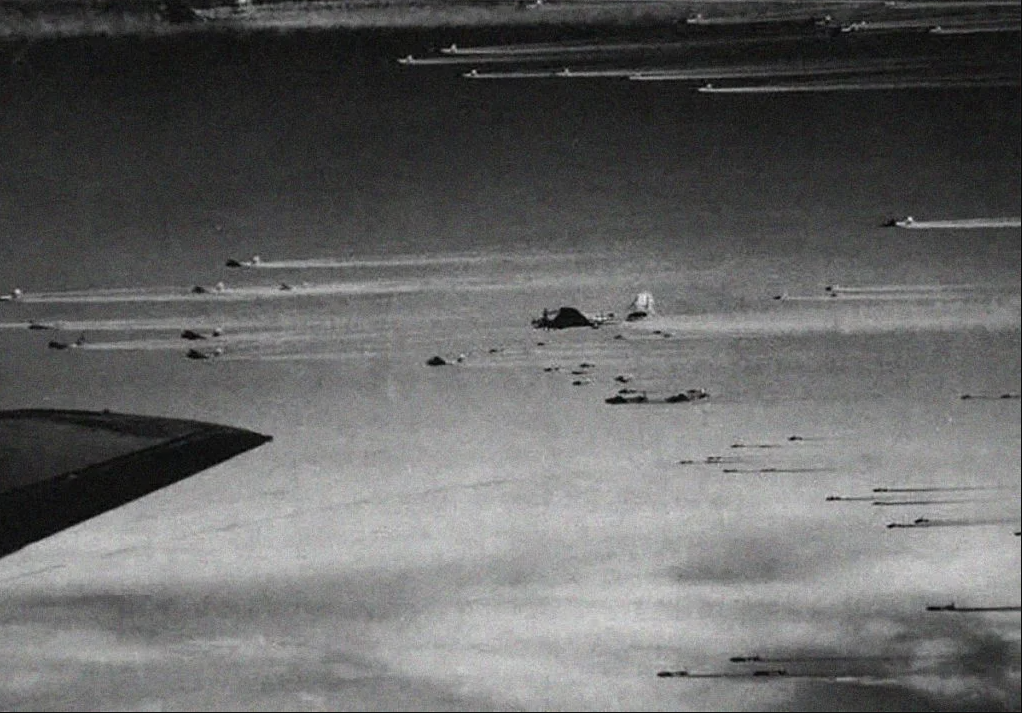
In addition, advances in bombing technology, such as the development of more precise targeting systems, enabled more effective attacks on the towers and the infrastructure surrounding them.
Challenges for the Allies
However, the presence of the flak towers continued to hamper Allied bombing raids, and the psychological impact on the Allied crews was significant.
Knowing that they had to navigate through the deadly flak fields of these towers made their missions even more stressful and dangerous.
The towers forced Allied planners to allocate more resources to countering the anti-aircraft threat, diverting their attention from other strategic objectives.
The operational effectiveness of the flak towers went beyond their anti-aircraft capabilities. They served as command and control centers for broader air defense operations and coordinated work with other anti-aircraft batteries and interceptors.
The towers’ communication systems enabled real-time information exchange, thus improving the responsiveness and coordination of the German air defense. This networked approach enabled more efficient deployment of defense assets and optimized the coverage and effectiveness of the air defense system.
